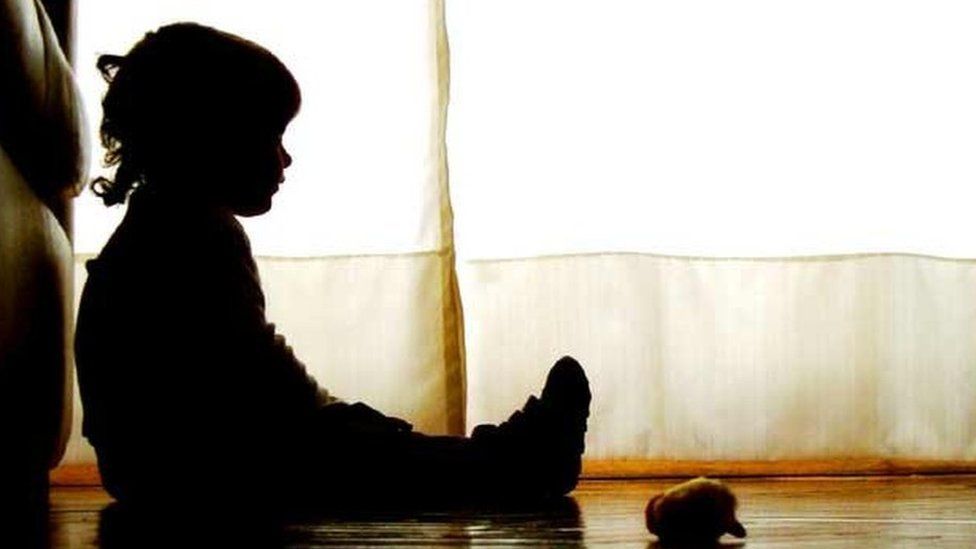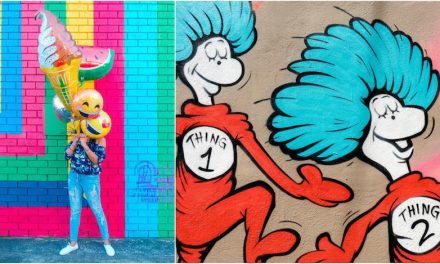‘It takes a village to raise a child.’ African proverb
We are hardwired to seek connections, to love, to be loved and to belong. A child who grows up in a home, a family, a neighbourhood and a school with a sense of belonging has already got a head start in life. She has grown up with ‘I am loved, I am welcomed and I belong’ and carries a deep sense of security and well-being that can act as the buffer to help her face the worst knocks in her life. On the other hand, a child who grows up with ‘I am not sure if I am loved or wanted’ can grow up with a very different feeling. She would go through life wondering, doubting and desperately trying to fit in. There is a big difference in belonging and fitting in. When you have a sense of belonging, you know deep down that you are accepted as you are. Whereas, when you are trying to fit in then you feel that you have to act in a certain way to be accepted. Those are the spaces that we seek and where we feel energized and rejuvenated. They give us a greater sense of rootedness and connection.
Building Emotionally Safe Spaces at Home
These are children who, in their families, extended families and joint families, carry the narrative of not being good enough. They are rejected, ignored and mocked for being who they are. They are compared to their sisters, brothers, cousins and found wanting. They grow up lurking in the shadows and dark corners with a sense of being a burden on their families and not being ‘good enough’.
Narratives like, ‘problem child’ or ‘not so smart as her cousins’ can become very damaging for children as they are growing up. Parents need to play an active role in building a richer narrative, highlighting their children’s strengths, recognizing each and every achievement and shaping the way people think about them by reframing their language. So stubborn is seen as being ‘determined’, distracted is warmly described as being a ‘dreamer’, slow as ‘likes to do things at his pace’, boisterous as ‘full of beans’. The other family members generally take their cue on how to describe a child from his parents. So make sure that you have a rich vocabulary to describe your child. A story is not a story till it has found an audience. So, to build richer stories about your child, which he, possibly, will carry for the rest of his life, be mindful of the words you are using.
Building Emotionally Safe Spaces in Schools
Visualize a school where each and every child is valued. Where from the time he joins the school till the time he leaves, he is given a clear message, ‘You are worthy as you are’. Where children are not discriminated on the basis of their ability, family backgrounds, class, disability, gender or religion. Where each child enters school with a confidence that I belong and I am accepted for who I am.
Unfortunately, what children face in schools everyday is very different. They get a message very early on in school that there is a clear hierarchy on the basis of which the children are going to be treated. It is heartrending to see how some children gain prominence in schools and other children feel humiliated and overlooked. There might be some children who get a message from very early on that ‘you are not all right, something is wrong with you’ and very gradually they start to understand that they do not really belong. They go to schools, slinking in the corridors, hiding behind their desks and bullied in dark corners where no teacher is ready to hear their voices. These are the children who are hardly selected for any school events, whose creations do not go up on the noticeboard and whose names are not called out in the award ceremonies. These are the children whose names the teachers do not remember and who stay invisible for most of their school life.
As a teenager put it so eloquently, ‘I feel I am like a ghost in school. Nobody looks at me, they look past me or they look through me. As if I am invisible.’ As little children they really strive to become visible, trying desperately to get a rare smiley and ‘well done’ from the teacher. Middle school is the time they try even harder to fit in with their peers – trying to dress up like them, listen to the same music, talk like them, anxiously trying to make themselves photocopies of the more popular versions. By the time they reach senior school, they numb their pain by losing themselves in complete oblivion of invisibility, becoming withdrawn, depressed, drugged out, suicidal whereas some resort to whatever they can do to make themselves more visible. They act out, rage, become aggressive, resort to bullying tactics and take extreme risks. As if they are trying to shout and say, ‘Look at me, I exist.’
A lot of schools like to boast about being ‘inclusive’ without even knowing what that concept means. We are failing our children in most schools. We are unable to provide emotionally safe zones to help them find their space and grow. School space matters a lot for children. Parents might go blue in the face telling the child she writes well but one word of recognition from her teacher can make her day. A smiley, a ‘well done’ in notebooks, clapping in the classroom after a show & tell, a story in the school magazine, applause in the assembly, a high five by his peers or a thump on the back by the teachers are the little spots of light every child seeks.
I also believe that there are some children who are more vulnerable and we need to stretch ourselves a little more to provide them that village. These are children who have a disability, who have a learning difficulty or another kind of neurodevelopmental difficulty. These are children who have grown up thinking that they are lesser than others and adults in their lives struggle to understand their needs and cope with their pain or lack of understanding by blaming each other or worse, the children themselves. Children who have been adopted need a strong village too. Many a times, they carry in themselves a strong sense of rejection or abandonment at a cellular level. They need years of love and belonging for them to let go of the rejection and believe in their own worthiness. This is also true for most children who have gone through abuse, pain, or loss of any kind at an early age. They need adults who can put their pain or anxiety aside, or better still, heal themselves at the same time as healing the children by consistently giving the message, ‘I hear you, I see you, I know you are in pain and I am there in your team to help you carry it for you’.
Feeling emotionally safe is a pre-requisite to learning, it is a pre-requisite for a child to live a joyful life. Therefore, it becomes our responsibility to come together and build ecosystems that our children deserve.
Have you seen the way the plants on the window sill turn towards the light, their stems and leaves pushing at the pane as if to soak in as much light as possible? The scientific term for that is heliotropism. C.G. Jung, iconic analytical psychotherapist, spoke of ‘human heliotropism’. I believe that recognition and affirmation is the light that the children are seeking from the day they are born. They are pushing at the pane, ‘look at me’ but at times, we just turn away as we do not have the time or maybe we don’t really care.
I read somewhere that every child needs an adult who is crazy about him or her. I would go one step ahead and say that every child needs a village that is crazy about her. Who watch out for her, take interest in her, listen to her, celebrate her and make her feel that she is worthy as she is and she belongs.
‘There can be no keener revelation of society’s soul than the way in which it treats its children.’ — Nelson Mandela
Dr Shelja Sen
Clinical Psychologist, Author, Speaker
This was first published on http://www.imaginewithcf.com/2018/08/17/building-emotionally-safe-spaces/
IMAGINE is a one-day conference on the 26th October on Building Emotionally Safe Spaces. It will feature expert speakers at the national and international level from different fields including child & adolescent mental health, disability, education, advocacy. We invite psychologists, occupational therapists, educators, NGOs, special educators, psychiatrists, paediatricians, and policy makers etc. to participate and inspire change with a day of dialogue. Join our movement for children. For more information and to register www.imaginewithcf.com #imaginewithcf #aaosocheinsaath#joinourmovement






